Table of Content
Mumbai's property landscape experienced a notable shift in July 2025, with the spotlight moving away from South Mumbai towards the Western and Central Suburbs. According to the Maharashtra government's Department of Registrations and Stamps (IGR), South Mumbai property registrations dropped to just 6% of the city’s total, down from 8% during the same period last year. Meanwhile, the Western and Central Suburbs accounted for a commanding 88% of all registrations.
Steady Overall Numbers, Changing Local Trends
Despite minor changes at the macro level, with a total of 12,366 properties registered (a marginal 0.1% drop from July 2024’s 12,373 registrations), the local dynamics tell a different story. On a month-on-month (MoM) basis, registrations rose by 7% from June 2025, which saw 11,599 units recorded.
Western Suburbs emerged as the dominant region, contributing 57% of July’s registrations, followed by Central Suburbs at 31%. The steep fall in South Mumbai’s share points to changing buyer sentiment and affordability considerations in the luxury-dominated micro-market.
Also Read: India’s Housing Sales in H1 2025 Luxury Segment Surges to ₹3.6 Lakh Crore
Premium Segment Activity
According to data compiled by Knight Frank India, a significant portion of transactions continued to lean toward higher price brackets. However, the mid-segment category (properties priced between ₹1 crore to ₹5 crore) saw a decline in its share of registrations.
Interestingly, homes priced above ₹5 crore showed growing traction. Their share increased from 5% in July 2024 to 6% in July 2025, underscoring demand for ultra-luxury real estate even as affordability concerns persist for mid-segment buyers.
Stamp Duty Revenue on the Rise
Despite relatively flat registration numbers, Mumbai’s stamp duty collection grew 3% year-on-year, reaching ₹1,101 crore in July 2025 compared to ₹1,064 crore in the same month last year. June 2025 had clocked ₹1,035 crore, indicating stable revenue momentum for the state exchequer.
Knight Frank India highlighted that 80% of the registered properties in July were residential units, showing continued demand in the housing sector despite broader economic concerns.
Year-to-Date Trends Remain Positive
Between January and July 2025, Mumbai witnessed over 88,426 property registrations up 4% YoY. Revenue generated during this period climbed 13% YoY to ₹7,832 crore, marking the strongest seven-month performance since 2013.
Compact Homes Lead the Market
Apartments measuring up to 1,000 sq ft dominated transactions, comprising 82% of July’s registrations, only slightly down from 83% in July 2024. The 500–1,000 sq ft range remained most popular among buyers. Homes between 1,000–2,000 sq ft inched up to a 14% share, while those above 2,000 sq ft held steady at 3%.
The report emphasized that compact homes continue to resonate with end-users, although a segment of buyers remains inclined toward more spacious, high-ticket homes.
Also Read: Godrej Project in Vadodara: Premium Plotted Development Spanning 0.9 Lakh Sq Ft
Conclusion
The trend where South Mumbai property registrations drops while Western and Central Suburbs dominate highlights a significant evolution in Mumbai’s real estate ecosystem. Compact and suburban housing options continue to drive volume, while premium and ultra-luxury segments find their niche. As affordability, connectivity, and lifestyle amenities increasingly define buyer choices, Mumbai’s real estate story is clearly shifting northward—both geographically and in terms of market momentum.
Follow AquireAcers Whatsapp Channel to Stay Updated With The Latest Real Estate News

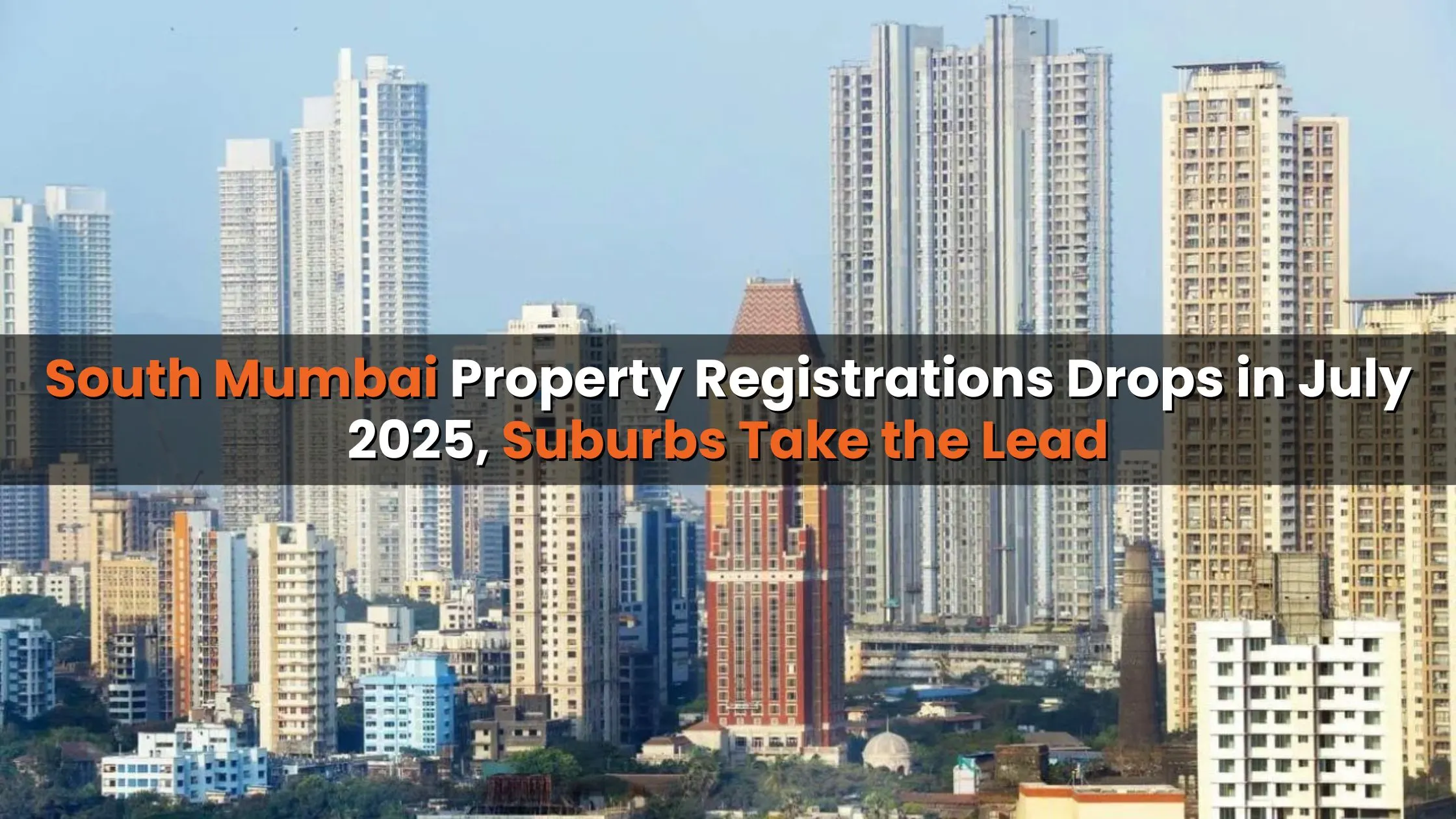
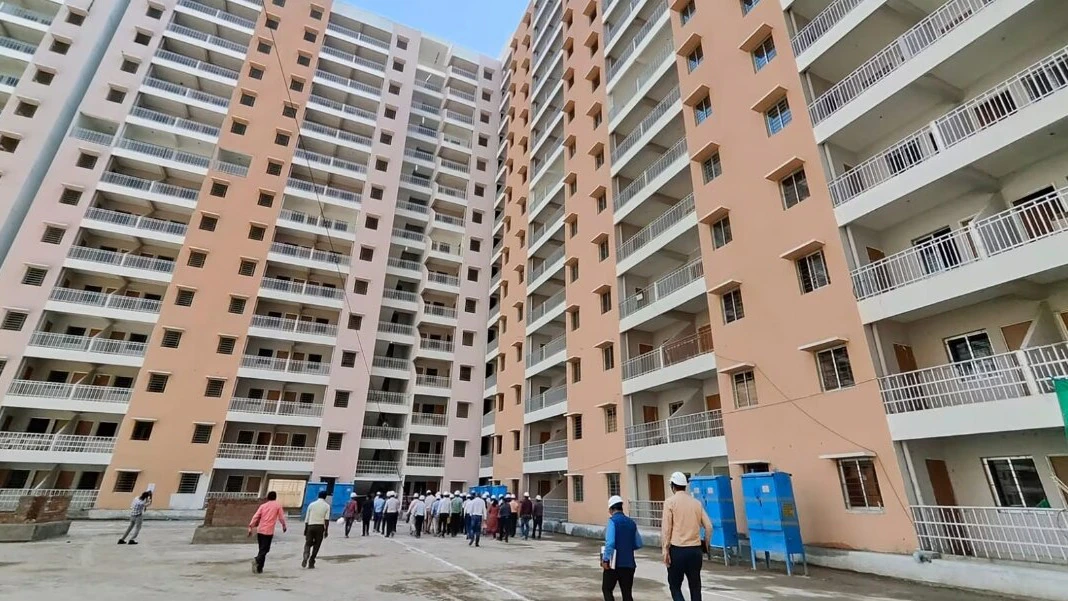
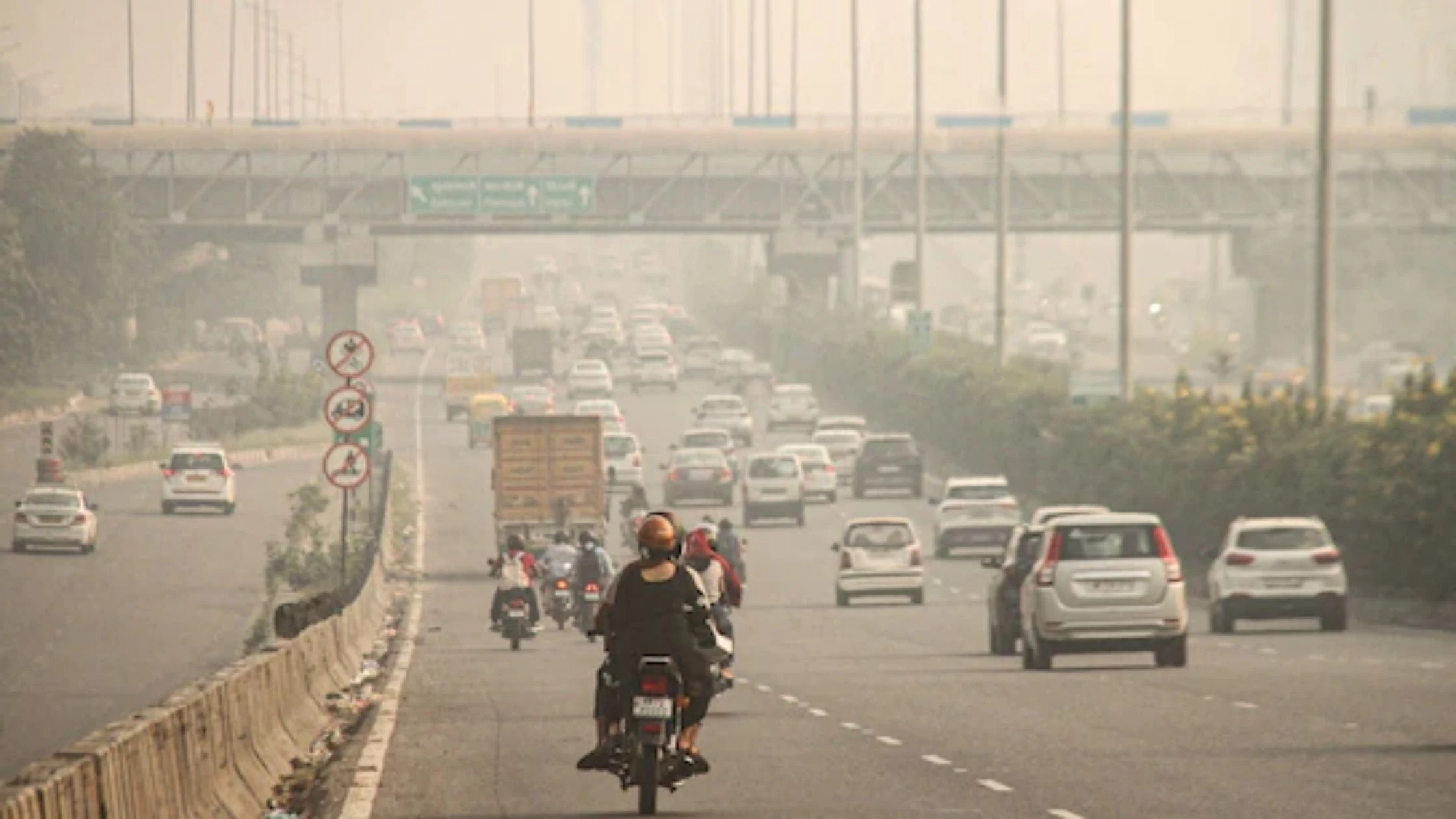
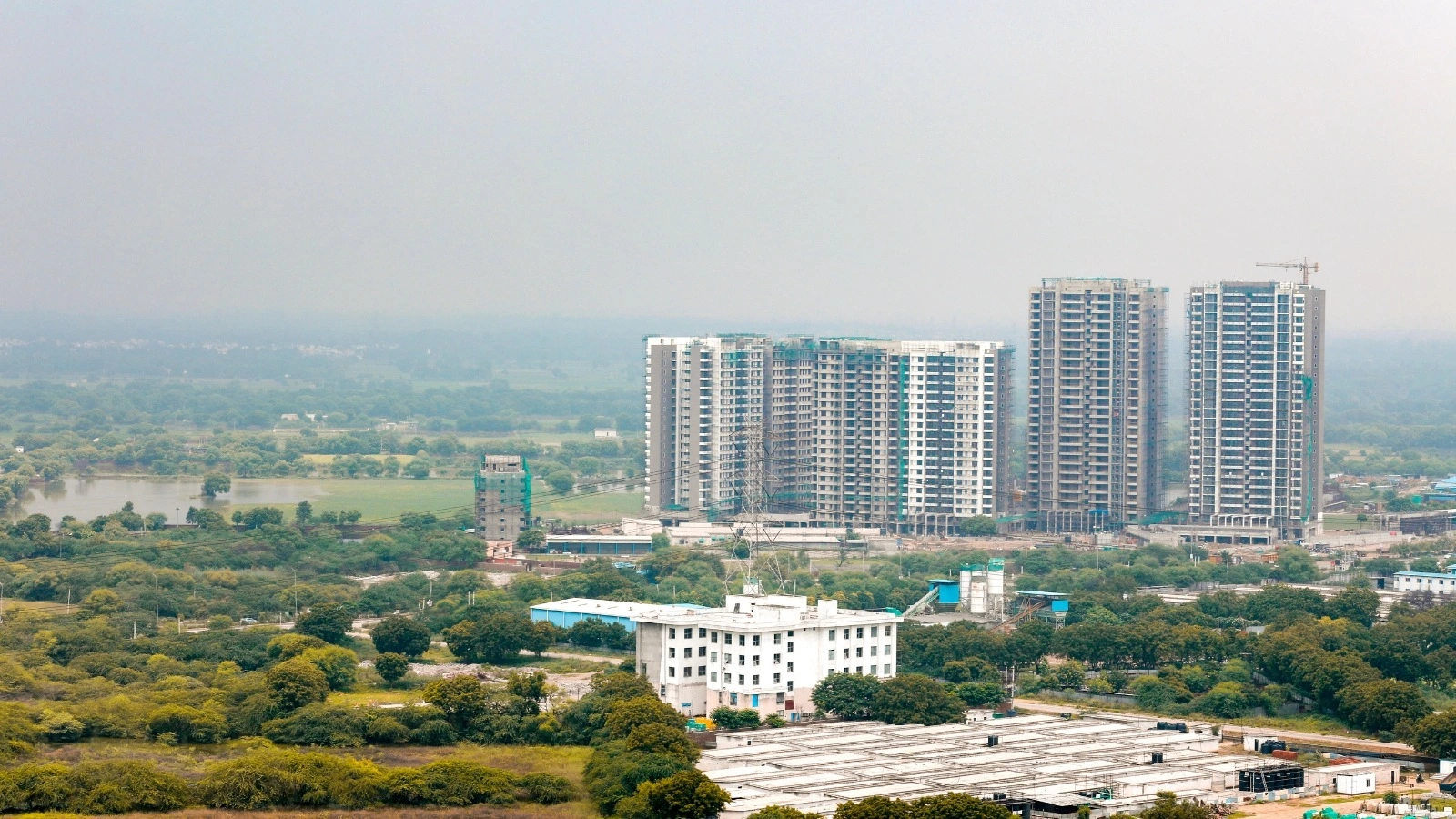
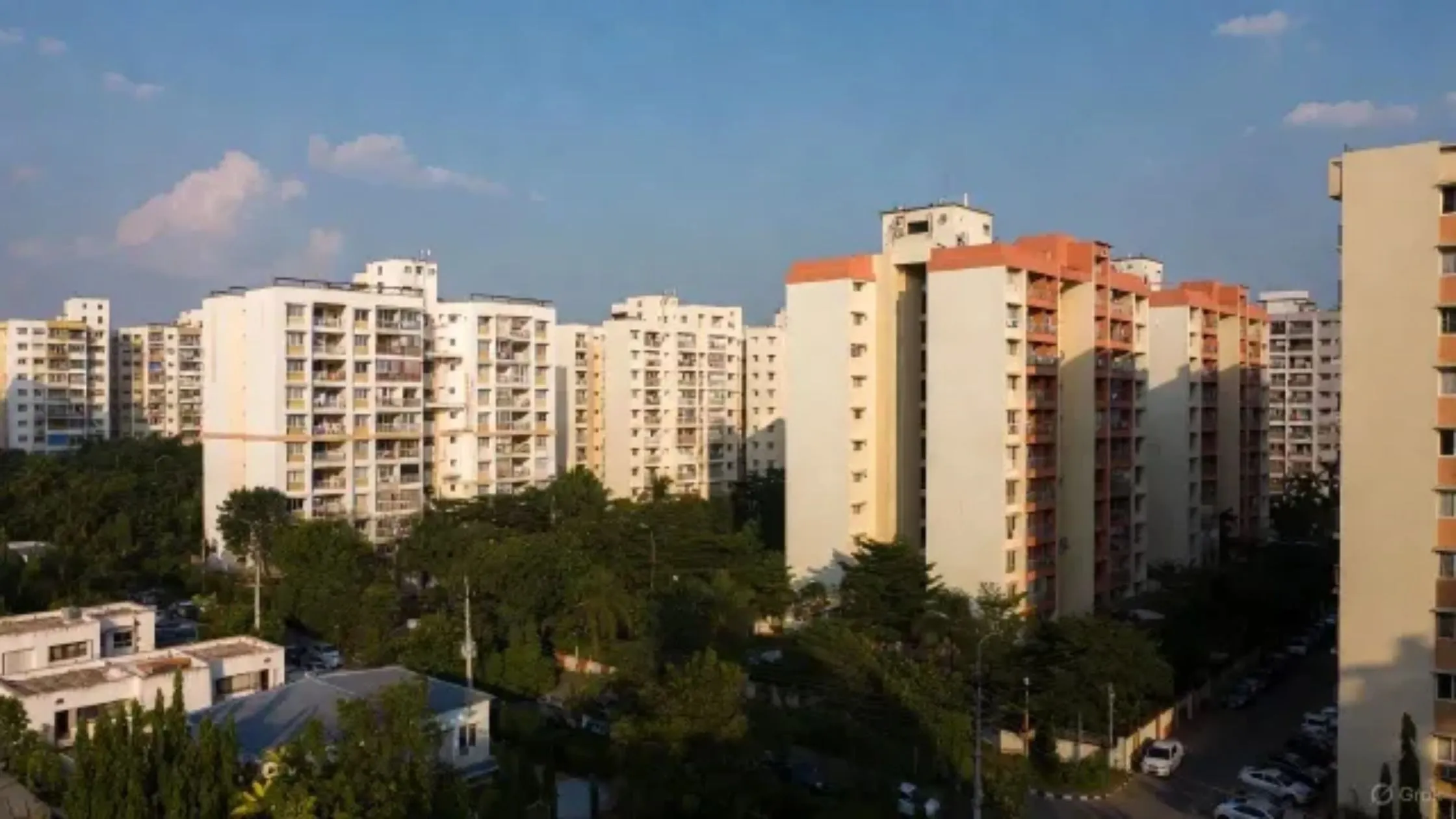


Ans 1. Mumbai recorded 12,366 property registrations in July 2025, showing a marginal 0.1% decline compared to 12,373 registrations in July 2024. However, this marked a 7% increase from June 2025.
Ans 2. South Mumbai's share fell to 6% in July 2025, down from 8% a year ago, largely due to rising property prices, limited supply, and growing affordability concerns. Buyers are shifting focus to more affordable and better-connected suburban markets.
Ans 3. The Western Suburbs accounted for 57% of registrations, while the Central Suburbs contributed 31%, jointly representing a massive 88% of total activity.
Ans 4. Homes priced above ₹5 crore gained more traction, with their share rising from 5% in July 2024 to 6% in July 2025, indicating demand in the ultra-luxury segment. Mid-segment homes (₹1–5 crore) saw a decline in their registration share.
Ans 5. Stamp duty revenue in July 2025 rose to ₹1,101 crore, a 3% YoY increase from ₹1,064 crore in July 2024. This reflects strong value-driven transactions despite a near-flat volume.
Ans 6. From January to July 2025, Mumbai recorded over 88,426 registrations, up 4% year-on-year. Revenue during this period surged 13% YoY to ₹7,832 crore, the best seven-month stretch since 2013.
Ans 7. Compact homes remain the top choice. In July 2025, 82% of registered properties were under 1,000 sq ft, especially within the 500–1,000 sq ft range. Larger homes (1,000–2,000 sq ft) saw a slight rise to 14%, while homes above 2,000 sq ft held at 3%.
Ans 8. Not necessarily. While South Mumbai's activity declined, the overall market remains stable, supported by robust suburban demand, rising premium transactions, and steady revenue growth.
Ans 9. Yes, 80% of all properties registered in July 2025 were residential, showing sustained buyer interest in the housing sector.
Ans 10. The market is witnessing a geographic and price-driven shift. Suburban housing is leading in volume due to affordability and connectivity, while luxury sales remain steady in premium pockets. The market continues to evolve with buyer preferences and infrastructure-led development.